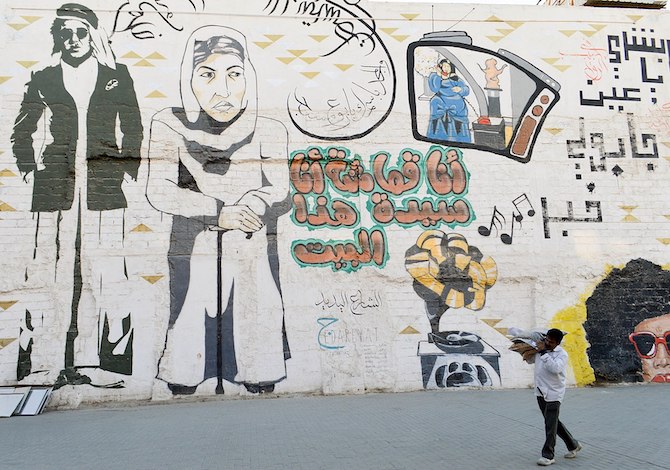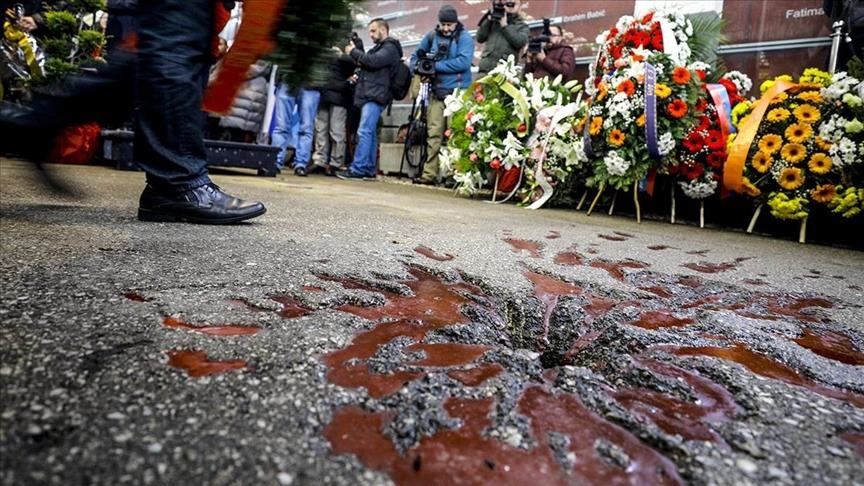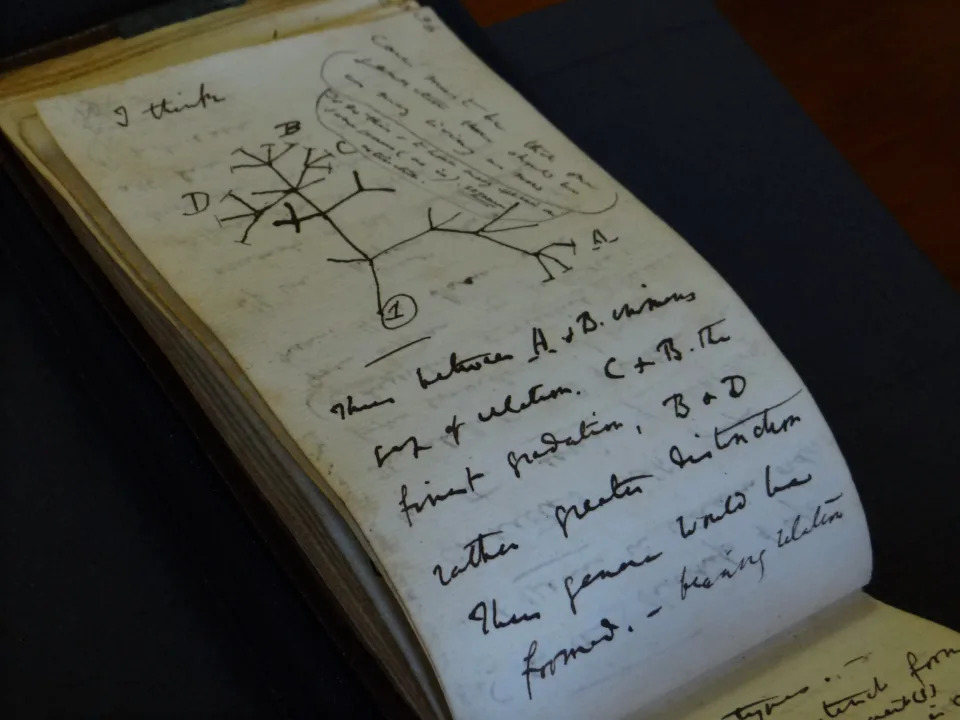The Russian invasion has brought fresh hardships for the hundreds of thousands of Romani people in Ukraine, who not only face violence from the invading army but even from the states welcoming refugees.

A woman plays with her child in a sports hall of a high school, transformed into temporary accommodation for people fleeing the Russian invasion of Ukraine, in Przemysl, Poland, March 9, 2022. REUTERS/Yara Nardi
Sean Benstead
On March 22, a Czech-based Roma human rights organisation confirmed reports of several Romani individuals from Lviv being tied to lampposts and publicly humiliated. This was orchestrated by a local vigilante group called “the Hunters” that prides itself on persecuting Roma who are accused of pickpocketing and stealing. Such vigilantism might be brushed aside by some as an unfortunate consequence of a social order harshened in wartime. Yet the civil and state violence inflicted upon Roma communities that lack legal access to work and services is nothing new – and certainly not unique to Ukraine.
Last year, following the murder of Romani man Stanislav Tomáš by Czech police, I explored the poverty of projects for progressive Romani nation building in the context of extreme deprivation and a concerted aggressive siege from violent state and civil forces. This, I argued, was a historically heroic endeavour – but currently a misplacement of priorities and the energy of social movements. Indeed, Romanestan – the name of a proposed Romani nation – remains in a state of emergency. A year later, nowhere exemplifies this state of emergency more than the situation of Ukraine’s Roma population.
Today Ukrainian Roma find themselves between the massive invading forces of an irredentist and criminal Russian state and comparably smaller and outgunned, but nevertheless armed and battle-hardened, fascist militias. Yet to fully appreciate their place in this emergency, we must also look beyond the war itself.
The conditions of Roma in Ukraine
The 2001 Ukrainian census notes that there are just short of 50,000 people who self-identify as Roma in Ukraine. However, this number is disputed by advocacy organisations, which suggest the number is as high as f400,000, with the largest communities in the regions of Crimea, Odesa, Donetsk, and Dnipropetrovsk. There are three main reasons why official figures are inaccurate, of which we will focus on the first two: 1) Roma people’s reluctance to declare their ethnic origin due to fear of persecution or discrimination; 2) Many Roma individuals in Ukraine do not have identity documents and are not registered as Ukrainian citizens, and are thus stateless; 3) Their incorrect registration by authorities as “Romanians.”
Also read: Putin’s Decision to Shoot for Gold Could Move Global Energy Trade Away From the Dollar
The first reason is a well-founded fear. Ukraine, like much of Europe, has a dark history regarding the treatment of the Romani population. A detailed report by the Organization for Security and Co-operation in Europe’s (OSCE) high commissioner of national minorities confirmed that Ukraine was at the top of the list, alongside other Central and Eastern European states, when it came to rampant skinhead violence against Roma. The study was published in 2000, fourteen years prior to what Vladimir Putin called a putsch by “a gang of drug dealers and neo-Nazis.”
As recently as 2018, to commemorate Adolf Hitler’s birthday, a fascist paramilitary organisation called C14 launched a violent assault on a temporary Romani encampment in Kiev and then went on to stab 17 people from a local Roma encampment in Lviv. More pogroms were reported in 2019 – the year of Volodymyr Zelensky’s election as president – and again in 2020. In response to these brutal attacks, the police response ranged from sporadic and slow arrests to pure indifference. No one has ever been prosecuted. In response to an attack, one Odesa judge ruled that the act of ethnic cleansing in Loshchynivka was “an act of direct democracy.”
These are not historically isolated incidents in Ukraine or the wider region. The history of persecution by Nazi-collaborationist states during World War II, alongside the Stalinist denial of cultural pluralism, is well documented.
Fascist militias are today emboldened and armed with professional military equipment — partly as a result of the 2014 collapse of the Ukrainian state, which in turn desperately clamored for volunteer fighters. And it seems that these incidents are only going to escalate in intensity and barbarity.
The second reason – Roma people’s lack of documents – can be seen as a further symptom of abandonment and the incompetence of state authorities. It is also an effect of discrimination and persecution from both the state and civil society. The scale of statelessness remains unknown even to Ukraine, but the consequences are highly visible. Without legal access to basic services such as health care, education, and formal, legally contracted work, the Roma population finds itself in Dickensian shantytowns and temporary settlements.
Ukrainian Roma are effectively being reproduced as a surplus population, superfluous to the needs of capital or the state, mirroring the condition of Roma across Europe. Given the Zelensky government’s commitment to large-scale privatisation through the State Property Fund – a process affecting even basic utilities – the economic future of the most marginalised didn’t look promising even before the war, with new barriers to accessing even the basic means of everyday existence.
Romani responses to the invasion
In these conditions, Ukrainian Roma communities, like their counterparts across Europe, would have every reason to feel reluctant to rush to the defense of Ukraine’s liberal democratic state. Despite this, Roma in Ukraine are willingly volunteering to join Ukraine’s Territorial Defense Forces, professional military, and international legions. Meanwhile, those who are not engaged in direct combat are engaged in acts of resistance to the invasion that range from capturing Russian tanks, as reported during intense resistance in Kherson Oblast, to building barricades.
Internationally, almost 200 pro-Roma human rights and Romani organisations have condemned the Russian Federation’s war on Ukraine and called on it to end its violent attacks. Their joint statement also calls on the relevant authorities to ensure the human rights of all groups fleeing the war zone are upheld, noting the extreme vulnerability of Roma refugees. In today’s circumstances, Roma families can often be torn from their social networks only to find themselves welcomed by other hostile states on Ukraine’s borders run by right-wing populists.
Also read: By Choosing Not to Condemn Russia’s Invasion of Ukraine, India Defies Its Own Belief in Democracy
Despite Putin’s bogus claims of a fascist junta in Kiev, the liberal democratic state – however incompetent and corrupted by institutional prejudice – retains semi-responsive democratic institutions, and at least the promise of a return to a less authoritarian order once peace has returned. To Ukrainian Roma, this is worth defending with their lives. Within the scope of the Ukrainian liberal democratic state, however damaged and dysfunctional, it is still possible to build social movements, benefit from the counsel of human rights organisations, and gain concessions from political and civil institutions.
Given what we have established above, regarding the economic and legal condition of Ukrainian Roma, any talk of human rights and liberal democracy may easily be charged with hypocrisy. And rightly so. Yet the husk of a liberal democratic state still carries a kernel of liberatory potential, however constrained it may be by inequality and institutional prejudice. The point of movements for social justice is to realise the formal rights-based framework of liberal freedom through giving it content. And Romani social and liberation movements have started to make gains in this regard.
Following its election in 2019, Zelensky’s government set up a special authority to identify and meet the needs of national minorities and Romani communities in Ukraine. Further, a national Romani strategy was approved to ensure inclusion measures were followed through on. It is true that, even without a war, these policies would have likely proven fruitless given the scale of the problem, combined with the incompetence and entrenched prejudice among many state authorities.
From the few human rights organisations that operate in the Russian Federation, it is unclear as to the scale and condition of the one million Russian Roma, and only scant information about pogroms in rural areas have come to light. What is clear, though, is that they are cut off from the lifelines of international organising, international networks of solidarity, and responsive democratic institutions.
Meanwhile, many Ukrainian Roma flee to Ukraine’s western borders and, subsequently, into the European Union. While the EU Commission is engaged in ongoing work to tackle issues related to statelessness among member states, many Ukrainian Roma who do not hold valid biometric passports have been turned away from transport to EU states. Despite the blatant breach of Article 14 of the Universal Declaration of Human Rights, this has left many stranded in segregated temporary encampments in border towns and villages’ public sports halls. These encampments for the stateless, many of which are in Moldova (not an EU member state), lack food and sanitary facilities. Illness is endemic.
On March 4, the EU activated the Temporary Protection Directive, allowing those fleeing the war to be granted temporary protection in the EU. This should mean that refugees will be given a residence permit, and they will have access to education and to the labor market. At present, this seems to have not been equally applied to a huge number of Roma refugees on the ground.
Those who do make it to EU member states are unlikely to find respite and complete safety. In fact, refugees who have fled to the Czech Republic, the home of murdered Stanislav Tomáš, have found themselves fleeing again due to assaults by locals. That country is just one example among the many EU member states, highlighted by the aforementioned OSCE report, that is marked by harsh anti-Roma racism in addition to social and economic hardship among its Romani population. Here the latent contradictions of liberal democratic freedom again rears its ugly head.
However, amid those contradictions and within that narrow space for agency, we still see a rich architecture of a plurality of Roma civil rights movements that claim varying mixtures of victories and setbacks. Many of these groups have rallied and organised to appeal for humanitarian aid for Ukrainian Roma.
After the guns fall silent
Questions must be raised about what will happen to Ukrainian Roma after this barbaric war.
In the scenario of a less-than-impossible Ukrainian victory, Will the Ukrainian state come to redeem all those Roma lives lost fighting the invader by cleansing its judiciary and police of prejudiced forces? Will the government commit to resolving the endemic statelessness of Roma communities and rebuild a democratic state that is responsive to the needs of the most marginalised?
In the scenario of a victory for Putin’s war machine, will Europe acknowledge the plight of Ukrainian Roma and their heroic defense of an abstract liberal democracy that has never been realised for them? Will European states welcome the stateless as refugees and offer asylum with fully realised, material human rights alongside enforced legal protections?
Given the long history of large-scale violence against the Romani people and their social exclusion, I am doubtful. But large and dramatic societal changes rarely follow smooth historical trajectories and, as one wise man once remarked, decades can happen in a matter of weeks.
Sean Benstead is an activist and writer based in Greater Manchester.
This article was first published on Jacobin.














